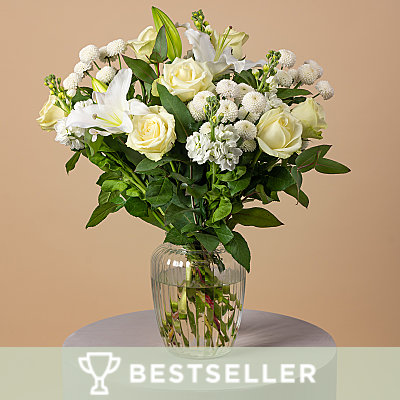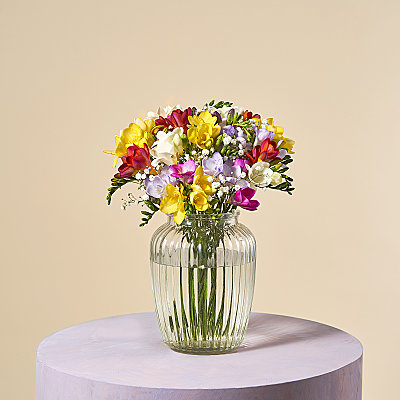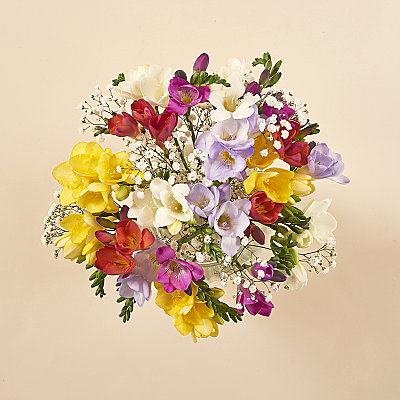How can I amend my order?
The easiest way to amend your order is to log into your account and make the change there.
You can amend the following details:
- Your basket
- Delivery date
- Delivery address
- Gift message
Please note once your order has been assigned to our floral team you will be unable to make any changes to your order.













































